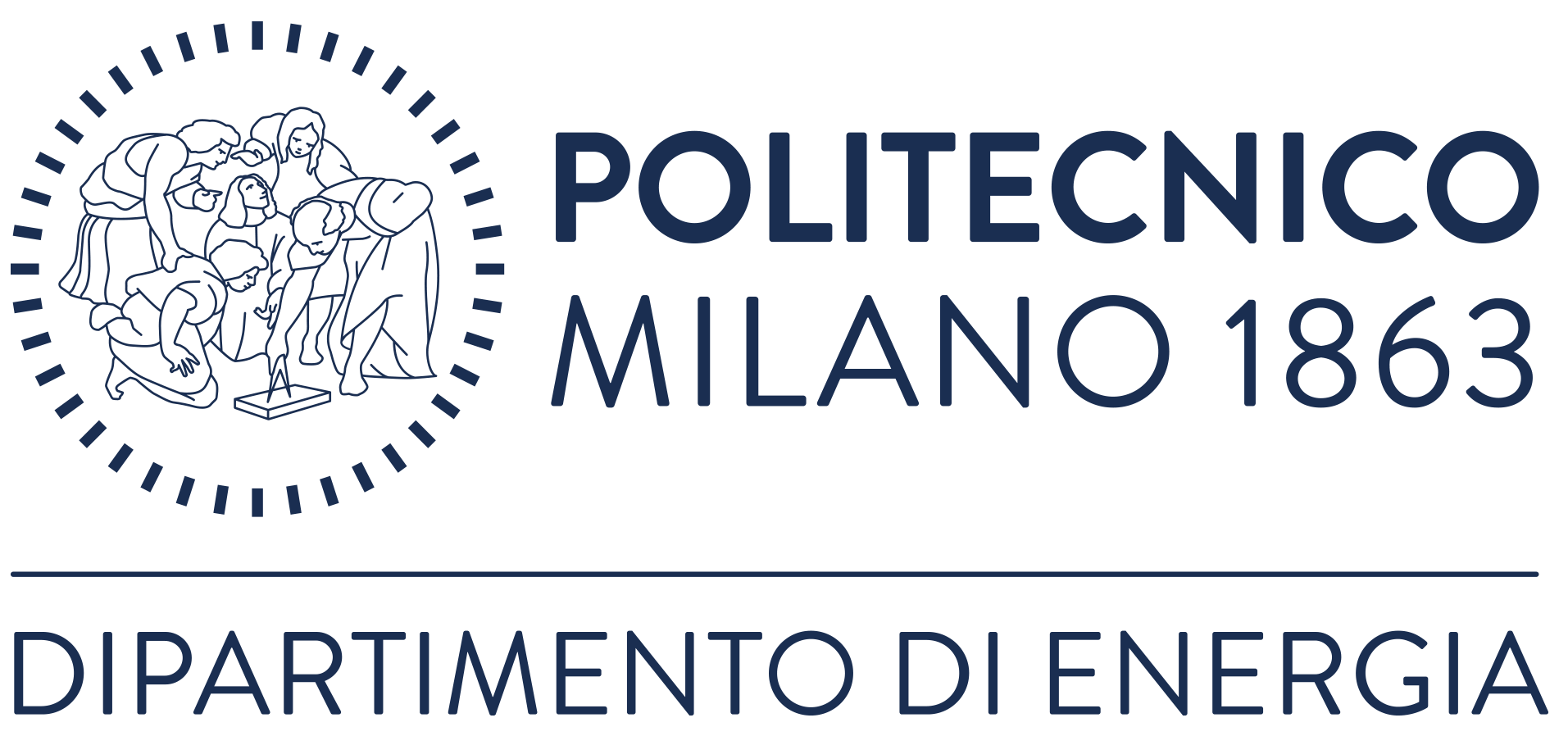TIMING AND LOCATION
The course will be held from 23 to 25 June 2025.
COURSE PARTICIPANTS
The course is mainly dedicated to risk analysts and engineers, resilience engineers, technical designers of industrial plants, safety and maintenance managers, asset managers, technicians and operators of surveillance, protection and control of the safety of a facility, researchers and PhD students in the area of Reliability Analysis and Risk Assessment.
MISSION AND GOAL
In recent years, concern related with population and environment safety issues has been growing, and their role for social, economic and industrial growth and development has been recognized.
Accordingly, the skills necessary to deal with complex safety issues are now a “must-have” in all sectors where safety analysis is needed to support processes/systems design, since in many sectors a systematic approach to the design and management of systems within established safety limits is unavoidable. The determination of the risks associated with a given industrial activity and the evaluation of the effectiveness of the protections and barriersin place require a multidisciplinary approach that allows to: – identify the sources of potential danger;
– determine the evolution of the accident scenarios;
– evaluate the frequency of occurrence of accident scenarios starting from the reliability data of the components and protection systems involved;
– evaluate the consequences of the accident scenarios.
Therefore, the identification, understanding and management of industrial risks, and their interaction with environmental systems, require the knowledge of appropriate analysis methodologies. In this sense, the course intends to consider the safety problems deriving from modern industrial activities and to present the methodologies that allow the assessment and control of associated risks. In particular, the course intends to offer adequate technicalscientific knowledge on critical safety issues, risk analysis, reliability engineering and provide the basic methodological tools for their rigorous treatment.
CONTENTS
Basics of Reliability Analysis and Risk Assessment:
Failure time distributions, failure and repair parameters estimation
Methods for Reliability Analysis and Risk Assessment:
Reliability and availability of simple systems; Fault Tree; Event Tree; Bow-Tie; Markov modelling; Dependent and common cause failures;
Importance measures.
Hands-on:
Failure time distributions; failure and repair parameters estimation; Reliability and availability of simple systems; Fault Tree; Event Tree; Bow-Tie; Markov modelling.
Round-table:
Presentation and discussion of Case Studies, Researches, Experiences.
TRAINING FORMAT
Lectures will be held in English. All participants will receive a complete set of the presentation slides with specific examples and case studies, selected reference lists and resources in electronic format. The first part of the course is devoted to the presentation of the basic concepts of reliability and risk analysis. Essential notions of probability and statistics will be first introduced with focus on failure time distributions, and failure and repair parameters estimation (Maximum Likelihood Estimation (MLE) method, Bayesian method). In the second part of the course, methods for reliability analysis and risk assessment will be illustrated, including Fault Tree, Event Tree, Bow-Tie, Markov modelling, Dependent/common cause failures models and importance measures. Hands-on sessions provide the participants with the opportunity of directly applying the methods to practical case studies (some of these will be held using MATLAB). Finally, in the last part of the course, real applications of the concepts and methods illustrated in the course are presented. Course participants will also be given the opportunity to discuss their experience and technical problems, related to methods and applications.
CERTIFICATE OF ATTENDANCE
At the end of the course, the participants will receive a certificate of attendance, provided that they have attended at least 80% of the course lectures and that they have filled in the anonymous participant evaluation questionnaires.

